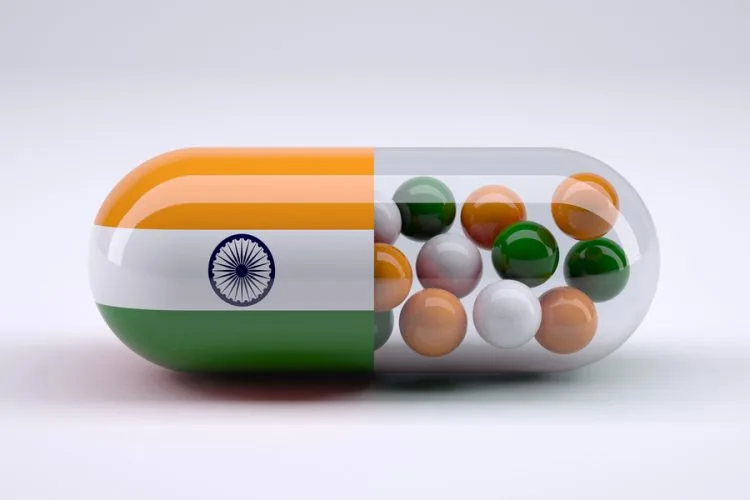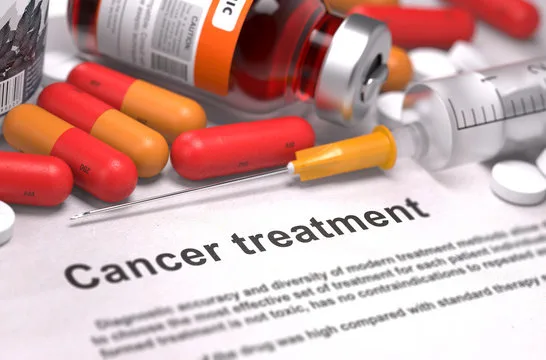
In the highly sensitive and regulated world of pharmaceutical trade, compliance with international standards is not just recommended—it’s essential. As cross-border pharma trade continues to rise, especially in B2B pharma marketplaces like Pharmint, understanding the role of global regulatory authorities becomes crucial for manufacturers, exporters, and importers alike.
Whether it’s generic pharma, biosimilars, vaccines, or oncology drugs, all pharmaceutical products must meet the standards of national and international drug regulatory authorities to ensure safety, efficacy, and quality.
Below are some of the most influential and widely recognized regulatory bodies that govern the global pharma trade:
1. US FDA (United States Food and Drug Administration)
Region: United States
The US FDA is one of the most stringent and respected regulatory authorities. It governs:
- Drug approvals (NDA/ANDA for generics and biosimilars)
- GMP inspections
- Labeling and advertising compliance
- Export certifications
Indian pharma exporters often seek US FDA approval for credibility and access to the lucrative US market.
2. EMA (European Medicines Agency)
Region: European Union
The EMA coordinates the scientific evaluation of medicinal products across the EU. Its centralized procedure allows one drug application to gain marketing approval in all EU member states.
It oversees:
- Human and veterinary medicines
- Orphan drugs
- Pharmacovigilance
3. PMDA (Pharmaceuticals and Medical Devices Agency – Japan)
Region: Japan
Japan’s PMDA collaborates closely with its Ministry of Health and is known for its focus on drug safety and post-marketing surveillance. Any pharma company looking to enter Japan must meet PMDA standards.
4. Health Canada
Region: Canada
Health Canada is responsible for evaluating the safety, efficacy, and quality of therapeutic products. It inspects manufacturing facilities globally and plays a crucial role in importing and exporting pharmaceuticals to/from Canada.
5. WHO Prequalification Programme
Region: Global
The World Health Organization (WHO) doesn’t directly approve drugs but provides a prequalification program that helps UN agencies and countries identify quality-assured medicines. It is especially important in public health procurement and B2G (business to government) pharma trade, particularly in Africa and developing countries.
6. NRA (National Regulatory Authorities in Africa & Middle East)
Each country has its own regulatory agency. Some key ones include:
- NAFDAC – Nigeria
- SAHPRA – South Africa
- PPB – Kenya
- FDA Ghana
- ZAMRA – Zambia
- SFDA – Saudi Arabia
- Egyptian Drug Authority (EDA)
Pharma companies exporting to these countries must comply with local regulatory submissions, labeling, and pharmacovigilance requirements.
📦 Pharmint: Helping You Stay Regulatory Compliant
Navigating multiple regulatory frameworks can be overwhelming. At Pharmint, we simplify this process for our global buyers and Indian sellers by:
- Verifying seller credentials and certifications (like WHO-GMP, US FDA, etc.)
- Ensuring availability of essential documentation (COA, COPP, MSDS)
- Aligning pharma exports with destination country regulations
- Supporting compliance in African, Middle Eastern, and Southeast Asian markets
Whether you are buying oncology drugs, sexual wellness products, or anti-infectives, Pharmint helps you stay aligned with global pharma regulations.
🧪 Conclusion: Compliance is Currency in Pharma Trade
In the world of cross-border pharmaceutical trade, trust is built on compliance. Regulatory bodies act as the gatekeepers of public health, ensuring only safe and effective medicines enter global markets. For businesses operating in this space, understanding these regulators—and aligning with them—is not optional; it’s critical.
With Pharmint, navigating global compliance is no longer a bottleneck. It’s your strategic advantage.

